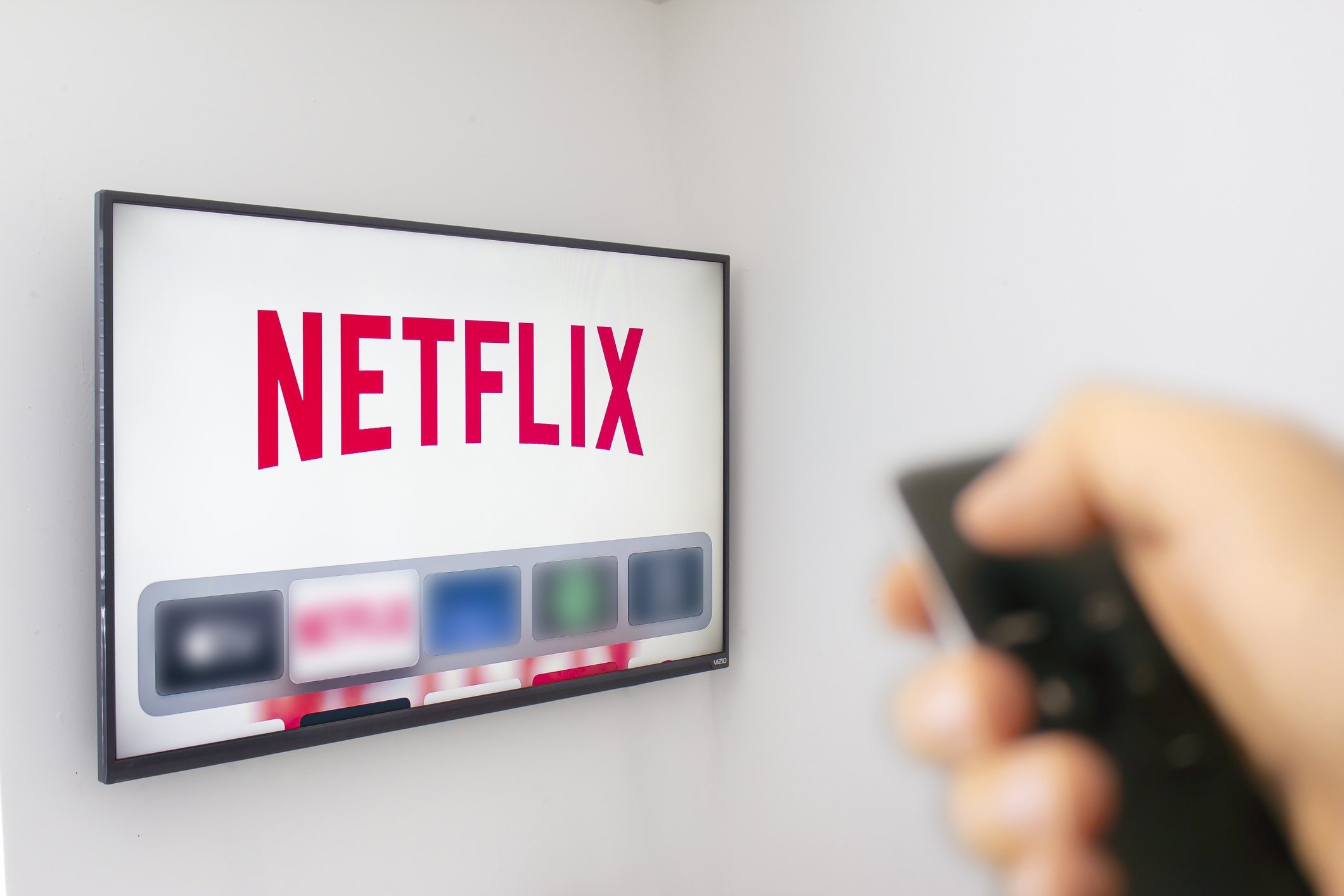Advertising Automation Is Essential For Programmatic 3.0
The Promise of Programmatic
It is no surprise that programmatic ad spending has grown to over $20 billion and industry experts are predicting that programmatic will be responsible for over 70% of all display advertising in the next few years. Programmatic has delivered on the promise of sophisticated, real-time data targeting and it is clearly the future of digital advertising.

It’s Complicated…
However, for all of the advancements the industry has made, there is one area where programmatic has failed to live up to expectations – The work flow and management of programmatic advertising campaigns. Many would argue that today’s programmatic technologies have actually made the media buying process less efficient than it was prior to programmatic coming onto the scene close to 10 years ago.
Prior to programmatic, media campaigns were managed and optimized by single media buyer or ad
trafficker using an ad server and an excel spreadsheet. Now, to fully take advantage of the power of programmatic advertising an organization needs to employ a myriad of specialists who can manage an ad server, a demand side platform (DSP), a data management platform (DMP), and an analytics platform, that is needed to make sense of the mountains of data available for optimization purposes. It is holding back programmatic from becoming the efficient solution it was intended to be.
Advertising Automation is the Answer
The answer to fully realizing the promise of programmatic and transforming it into a more efficient method of buying digital advertising is true advertising automation. While many in the industry claim they have automated the buying of programmatic media, most programmatic campaigns are still managed using spreadsheets and manual tasks such as ad trafficking, campaign optimization and bid reduction. This is not advertising automation.
The technology exists today, to eliminate nearly all of these manual tasks. However, the vast majority of all programmatic media campaigns are still managed using the same manual processes that were used to manage digital advertising campaigns over a decade ago.
True Advertising Automation
- Streamlines campaign setup and management
- Allows media buyers to run dozens, if not hundreds, of very specific targeting strategies per campaign.
- Provides the capability to create an infinite number of audience segments that take advantage of unique, user-level data.
- Acts as a true multiplier effect for optimization and allows experts to analyze big data at the massive scale needed to discover key performance trends
Programmatic 3.0 is a new buzzword that seems to mean different things to different people within the industry. It could mean the better use of data for cross-device targeting. It could mean attributing offline sales to online ad exposure or the combining of multiple point solutions into one holistic programmatic platform. Whatever your definition of programmatic 3.0 is, advertising automation is an essential topic and needs to be part of the discussion. Without true advertising automation, we will never fully realize the promise of programmatic advertising and we will merely be adding more complexity to a process that was intended to be driven by machines and guided by the human knowledge and expertise our industry has gained over the past decade.








